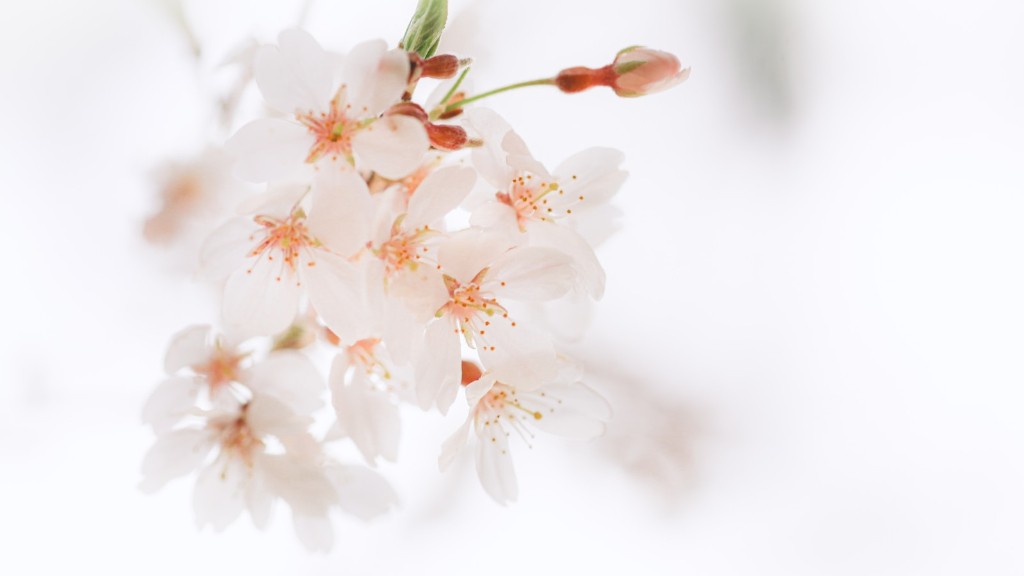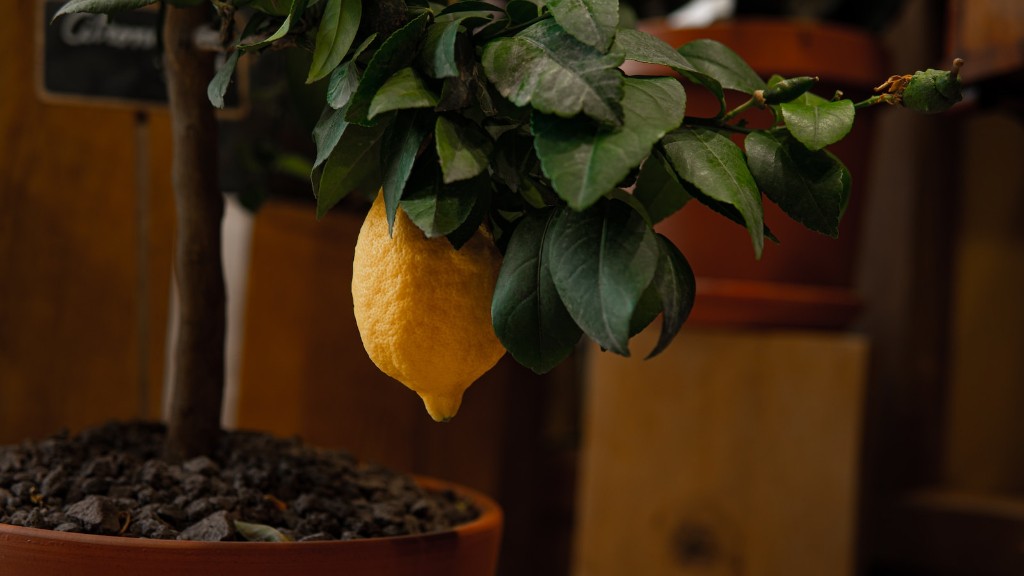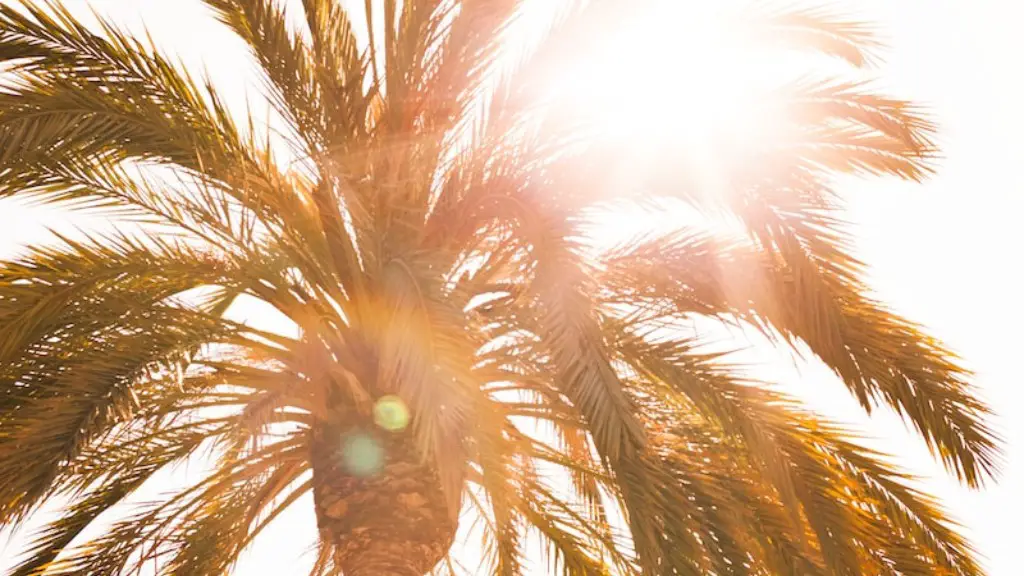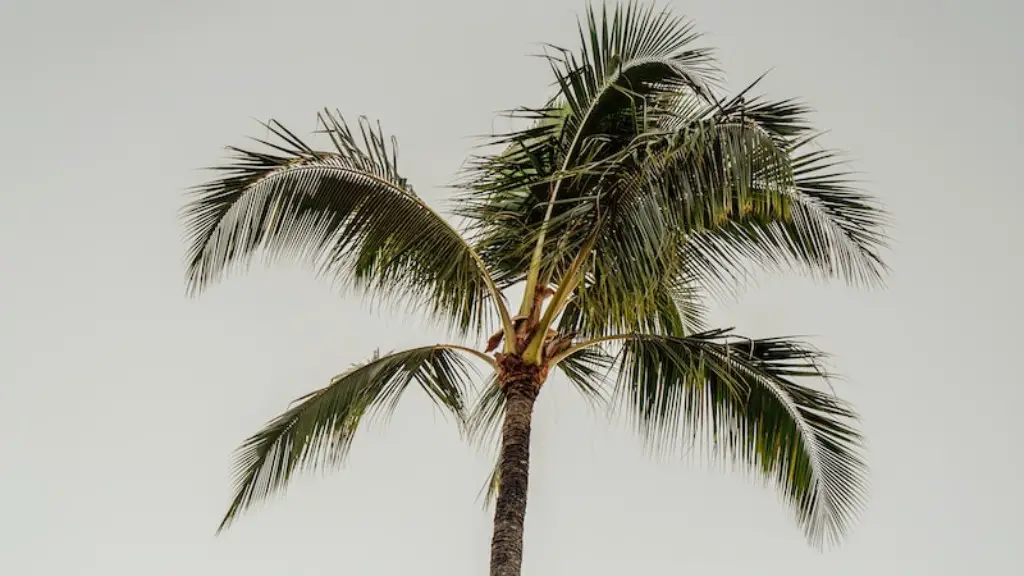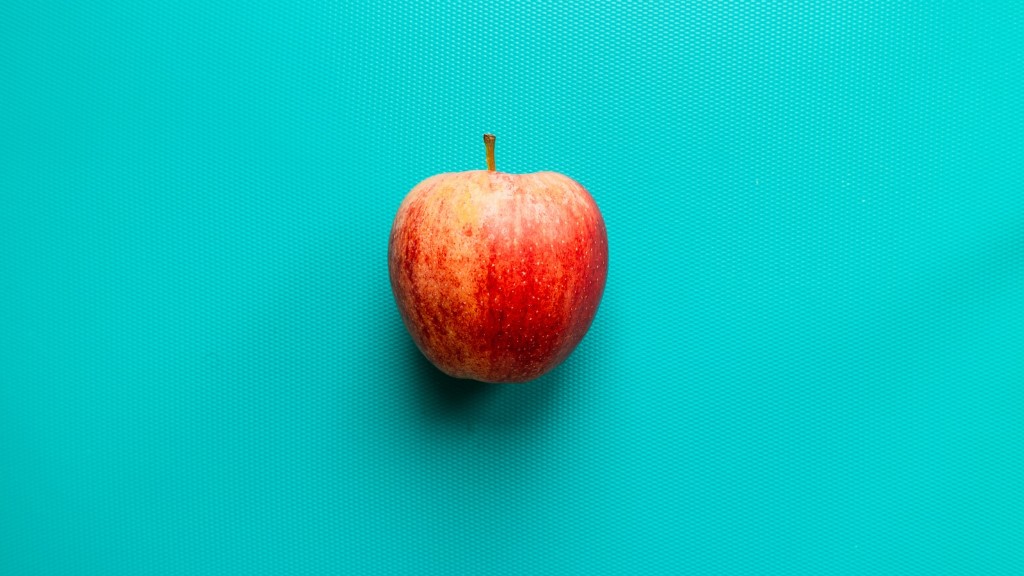Clay Soil and Its Benefits for Cherry Trees
Clay soil is composed of a large variety of tiny particles and ranges in color from gray to brown to bright red and white. Generally, clay soil holds a lot of moisture and has a high nutrient content making it an excellent choice for growing cherry trees. Clay soil can be difficult to work with, however, and should be amended with sandy loam before planting a cherry tree. Adding organic matter like compost, peat moss, and manure can help to aerate clay soil and make it better able to support a young cherry tree.
Cherry trees tend to like moist, cool soils and can be very sensitive to both dry conditions and excessively wet conditions. Clay soils can retain moisture for long periods of time which means that a cherry tree won’t need to be watered as frequently as one planted in a different type of soil. This is especially beneficial to those in regions characterized by extreme temperatures or long periods of drought. The nutrients found in clay soil tend to be retained better than in other soils, meaning that cherry trees planted in clay soil will require less fertilization.
Clay soil can be dense, however, which can limit the amount of air and oxygen that can reach plant roots. This decrease in air and oxygen can damage roots, decreasing the ability of a young cherry tree to take up water and nutrients it needs to grow. To prevent this, it’s important to break up the clay soil before planting to improve drainage and aeration. This can be done by adding organic matter or soil conditioners to significantly improve the makeup and texture of the soil.
When preparing the planting site for a cherry tree, make sure to create a wide, deep hole that is twice the size of the root ball. If planting in clay soil, backfill the planting hole with a mixture of clay soil, compost, and soil conditioner. Roots need oxygen to grow, so do not pack the soil down around the roots too much. Water the tree daily for the first week or so, and then decrease to every other day until it is established. Give the tree a good deep watering once a week, making sure that the soil is thoroughly saturated.
Cherry Tree Pruning
Pruning is an important part of caring for a cherry tree, and should start when the tree is still young. Doing so helps make sure that the tree branches and trunk develop a strong structure. This can help to prevent damage in later years from high winds, heavy fruit loads, and other types of stress. In addition, pruning can also help direct the tree’s growth into the desired form.
Prune cherry trees in late winter. Start with thinning out the tree’s canopy, specifically focusing on removing weak shoots and crossing branches. Prune branches that grow inward, downward, or in a crowded manner. Finally, shortening the tree’s main branches to provide a strong, open structure. Be sure not to prune more than one third of the tree’s canopy in a single season.
In the following years it is recommended to do a light pruning to maintain the desired shape and remove dead or damaged branches. If the tree produces a lot of fruit, fruit thinning may also be necessary. Make sure to eliminate the weakest or smallest fruit, allowing the remaining fruit to grow larger and healthier. Thin fruit even if it means reducing the number of fruits the tree will produce in that season.
Protecting Cherry Trees from Pests & Diseases
Cherry trees can be susceptible to pests and diseases which can cause serious damage and even death to the tree if left unchecked. Common pests of cherry trees include aphids, borers, caterpillars, and mites. The best way to manage these pests is to remove them by hand whenever possible. If insecticides are needed, choose organic products that are specifically formulated to target the particular insect or disease.
In terms of diseases, the two most common found in cherry trees are bacterial canker and brown rot. Bacterial canker, caused by Pseudomonas syringae, is a serious disease that infects the tree through wounds in the bark. Brown rot, caused by Monilinia fructigena, is a fungal disease which can cause blossom and twig blight in the springtime. Both of these diseases can be managed with organic fungicides, but it’s best to monitor the tree for signs of disease and take preventative steps before an infection occurs.
Fertilizing a Cherry Tree
Fertilizing a cherry tree is an important part of keeping it healthy and productive. The best time to fertilize a cherry tree is early spring, right before the buds begin to form. The fertilizers should contain a balanced combination of nitrogen, phosphorous, and potassium. If an organic fertilizer is desired, an all-purpose blend or fish emulsion are good choices. When applying the fertilizer, spread it evenly under the tree, being careful not to get any on the trunk. Water the fertilizer in with a good soaking to ensure the nutrients are absorbed.
Harvesting & Storing Cherries
Cherry trees do not need to be pruned every year, but large ones may need to be thinned occasionally or have branches tied or staked in order to support the weight of the fruit. Before harvesting, it’s important to determine whether your tree is a sweet cherry or a sour one. Sweet cherries are dark red and tend to be slightly soft when ripe while sour cherries are smaller and not as ripe when they turn bright red. The best way to check for ripeness is to pick up a cherry and see if it falls off the tree easily.
Once cherries are picked, the best way to store them is in shallow, air-tight containers. Make sure to store in the refrigerator and use them promptly to avoid spoilage. Cherries can also be preserved by drying, freezing, or canning. Fresh cherries are usually ready to be harvested three to four weeks after the tree blooms and can continue producing cherries for up to four to six weeks.
Common Diseases of Cherry Trees
In addition to bacterial canker and powdery mildew, there are several other diseases that can affect cherry trees. These include leaf spot, stem canker, and black knot. Leaf spot is a fungal disease that causes small spots on the tree’s leaves. Stem canker is caused by a fungus and can cause branch dieback and death of the tree. Black knot is a fungus that causes galls on the tree’s branches and can eventually lead to branch dieback and death.
To manage these diseases, it’s important to keep the tree healthy and vigorous by pruning dead and damaged branches and providing adequate water and nutrients. Organic fungicides can be effective if applied early in the season and repeated during the year according to the label instructions. Keeping the circumference of the tree free from weeds and debris can also help reduce the chance of disease.
Fertilizing Techniques for Maximum Cherry Tree Growth
In order to get the best results from your cherry tree, there are some fertilizing techniques that should be followed. Apply balanced fertilizer with a nitrogen-phosphorus-potassium ratio of 10-10-10 or 10-6-4 at the time of planting. Nitrogen should be added in late spring or early summer when the leaves appear. Phosphorus should be added in late late spring or early summer. Potassium should be added in late summer or fall.
It’s also important to add 3 to 4 inches of organic matter, such as compost or aged manure, to the soil between the tree’s canopy and the roots each year. Organic matter helps to improve both the soil structure and the nutrient content. Adding organic matter can also be beneficial in clay soil, as it breaks up the density and improves drainage.
Tips For Planting Cherry Trees in Clay Soil
When planting a cherry tree in clay soil it is important to make sure the soil has good drainage. Dig a wide, deep hole that is roughly double the diameter and depth of the root ball. Mix the clay soil with organic matter, compost, and soil conditioner to improve drainage, aeration, and provide nutrients for the tree. When planting the tree, make sure not to pack the soil down too much and water the tree daily for the first week to help it get established.
It’s also important to prune the tree regularly and inspect for pests or signs of disease. Monitor the tree’s water needs and fertilize regularly to promote healthy growth and prevent nutrient deficiencies. Once established, cherry trees can be very hardy and can provide delicious, sweet cherries for many years to come.
